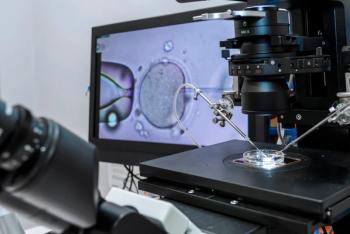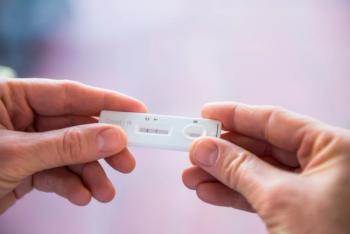
Misoprostol versus dinoprostone for labor induction
A recent study in Austria looked at the results in more than 200 labor inductions.
Results from a recent comparison of misoprostol and dinoprostone show similar results with the drugs when given vaginally for labor induction. The authors noted, however, that lower modified Bishop scores, higher body mass index (BMI) and a higher rate of fetal scalp blood testing was seen in the group that received misoprostol.
Published in the
The authors looked at reduction in time to vaginal delivery and delivery within 24 hours and time from insert application to vaginal delivery in routine clinical practice and evaluated modified Bishop scores, BMI, and need for fetal scalp blood testing. Vaginal delivery within 24 hours of insert placement occurred in 77.3% of the women in the misoprostol versus 74.2% of those who received dinoprostone (P=0.654). Times from application to vaginal delivery also were similar in the cohorts (761.76 minutes for misoprostol versus 805.17 minutes in the dinoprostone group [P=0.817). Cesarean delivery was performed in 10.1% of those who received misoprostol versus 10.5% of those who received dinoprostone. Rates of transfer to the neonatal unit or any type of fetal acidosis also did not differ between the groups.
The researchers reported modified Bishop scores of 2.0 versus 3.0 (P=0.001) in the misoprostol and dinoprostone groups, respectively. Mean BMI also differed between the two groups (24.72 for misoprostol versus 23.95 for dinoprostone; P=0.033) and fetal scalp blood resting was required in 12.6% of the misoprostol group versus 3.2% of the dinoprostone group (P=0.008).
Newsletter
Get the latest clinical updates, case studies, and expert commentary in obstetric and gynecologic care. Sign up now to stay informed.
















